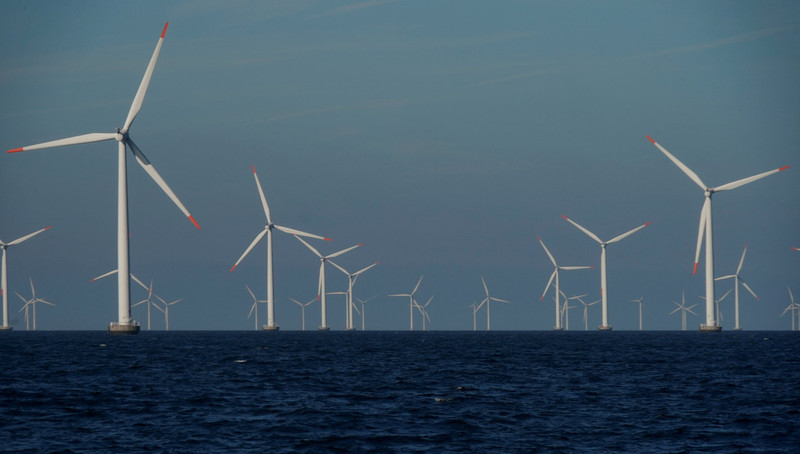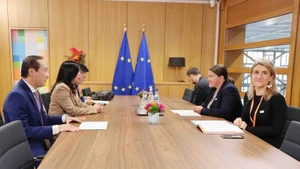Leading the green transition efforts, the Group of Twenty (G20) major and emerging economies have also reaffirmed their determination to accelerate the shift from fossil fuels to clean energy sources. However, the global path to going green still faces many challenges.
Last December, countries participating in COP28 adopted a climate agreement, which, for the first time, called on the world to move toward abandoning fossil fuels. Countries agreed to transition away from fossil fuels in energy systems starting this decade in a just, orderly and equitable manner to achieve net-zero emissions by 2050.
In a context where fossil fuel activities generate about 75% of total global greenhouse gas emissions, the above agreement is seen as a turning point for the world in efforts to reduce climate change-causing emissions.
At COP29, taking place in Azerbaijan’s capital, Baku, world leaders emphasised the importance of resource mobilisation. UN Secretary-General Antonio Guterres called for greater global efforts to support developing small island states in addressing climate change. Guterres also stressed the need to end climate inequality, noting that while G20 countries account for 80% of global emissions, small island nations face the threat of rising sea levels due to climate change.
Countries have made clear and positive commitments regarding renewable energy and carbon neutrality, including pledges to triple renewable energy production capacity by 2030, double the average rate of energy efficiency improvement, accelerate global efforts toward carbon neutrality in energy systems and use zero or low-emission fuels by 2050.
However, phasing out fossil fuels, as agreed at COP28, remains a challenging goal. Eliminating fossil fuels and transitioning to renewable energy requires substantial financial investment to develop new technologies while supporting societies and businesses through the transition.
According to experts, the global green energy transition process requires an investment of 4 trillion USD per year by the middle of the next decade. According to estimates from an independent expert group commissioned by the United Nations, developing countries need 1 trillion USD annually to address climate-related issues. A coalition of developing countries has also requested a fund of 1.3 trillion USD per year to help poor countries cope with climate change.
Meanwhile, in reality, large investments continue to flow into fossil fuels. According to the non-profit advocacy group ONE Campaign, between 2010-2022, wealthy nations spent 2.7 trillion USD on domestic fossil fuel subsidies, six times more than the amount these countries had committed to international climate finance. This reality shows that the green transition journey remains extremely challenging.
Climate scientists state that atmospheric warming, primarily due to human activities involving fossil fuels, is increasing extreme weather events with progressively severe consequences.
The priority discussion at the climate negotiations in Baku is how much wealthy nations will spend to help developing countries green their energy systems, enhance adaptation capabilities, and address the consequences of climate change. However, divisions over climate finance remain evident in the negotiation rooms at COP29.
















